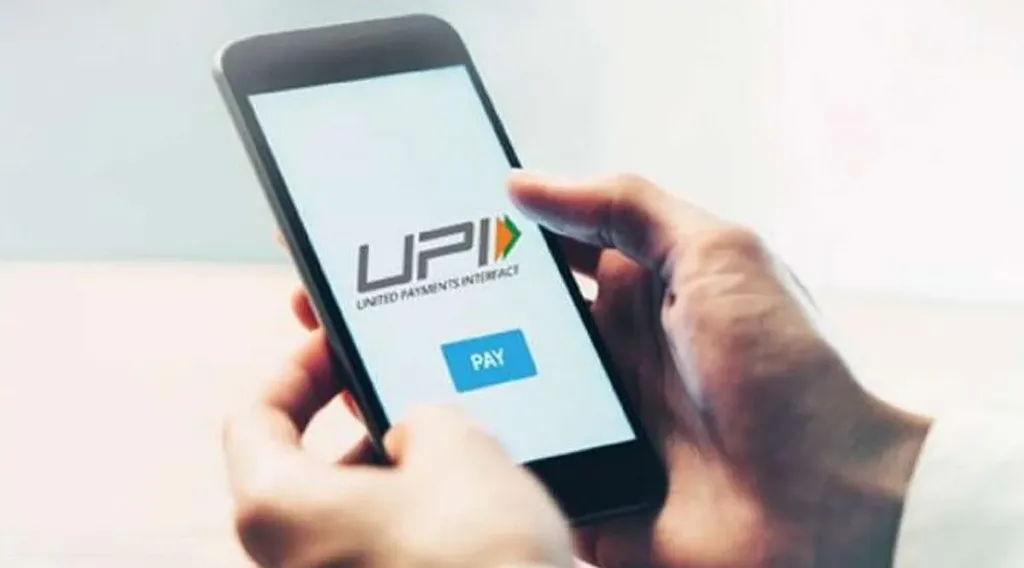As the sun set on what seemed like an ordinary Wednesday, reports of failed UPI transactions began flooding social media platforms. From bustling metropolitan cities to remote villages, the impact was felt far and wide. Suddenly, the convenience of instant payments that Indians had grown accustomed to was no longer at their fingertips. Restaurant-goers found themselves unable to settle bills, online shoppers stared at frozen payment screens, and street vendors who had long since abandoned cash registers looked on in confusion as customers fumbled for physical currency.
Table of Contents
This article delves into the heart of the UPI outage that shook India’s digital economy. We’ll explore the extent of the disruption, its impact on various payment platforms, and the ripple effects felt across different sectors of the economy. Join us as we unpack this digital dilemma, offering insights into what went wrong, how it was resolved, and what it means for the future of digital payments in India.
UPI Disruption: When India’s Digital Lifeline Faltered

The Anatomy of an Outage
On March 26, 2025, at approximately 7:40 PM IST, India’s digital payment ecosystem experienced a seismic shift. The Unified Payments Interface (UPI), which had seamlessly processed billions of transactions monthly, suddenly faltered. Users across the country reported issues with payments, fund transfers, and app functionality, marking one of the most significant disruptions in UPI’s history.
The National Payments Corporation of India (NPCI), the umbrella organization that operates UPI, initially attributed the outage to “intermittent technical issues.” However, as the evening progressed and complaints mounted, it became clear that this was no minor glitch.

Apps and Banks Affected
The outage cast a wide net, affecting a spectrum of payment apps and banking services:
- Google Pay (GPay): One of India’s most popular UPI apps, GPay users reported widespread issues with transaction processing.
- PhonePe and Paytm: These homegrown payment giants also faced significant disruptions, with users unable to complete transactions.
- Banking Apps: Major banks including State Bank of India, HDFC Bank, ICICI Bank, and Axis Bank reported UPI service interruptions on their platforms.
- Other Services: Even smaller UPI-enabled apps and services felt the impact, underscoring the pervasive nature of the outage.
The Scale of Disruption
To understand the magnitude of the outage, let’s look at some numbers:
- Over 3,100 reports of UPI issues were logged on Downdetector by 8:11 PM IST.
- Google Pay alone saw 296 complaints registered.
- The State Bank of India reported 406 users affected by 8:11 PM.
These figures, however, likely represent just the tip of the iceberg, as many users may not have reported issues through official channels.
Real-World Impact
The outage’s effects rippled through various sectors of daily life:
- Retail: Small businesses and street vendors, many of whom had transitioned to UPI for convenience, faced immediate cash flow issues.
- E-commerce: Online purchases came to a standstill, with customers unable to complete transactions.
- Food Delivery: Popular apps like Swiggy and Zomato reported a surge in cash-on-delivery orders as UPI options failed.
- Public Transport: Metro stations and bus services that had embraced digital payments saw long queues as commuters reverted to cash.
The Resolution
After hours of uncertainty, the NPCI announced at 10:23 PM IST that the system had been stabilized. “NPCI had faced intermittent technical issues owing to which UPI had partial decline. The same has been addressed now and the system has stabilized. Regret the inconvenience,” the organization stated on social media platform X.
Looking Ahead: Lessons and Implications
This outage serves as a wake-up call for India’s digital payment ecosystem:
- Redundancy and Failsafes: The incident highlights the need for robust backup systems to prevent widespread disruptions.
- Communication Protocols: Many users complained about the lack of real-time information during the outage, emphasizing the importance of clear communication channels.
- Diversification of Payment Methods: The event may prompt both businesses and consumers to maintain alternative payment options.

UPI Outage Impact: By the Numbers
| Aspect | Details |
|---|---|
| Date of Outage | March 26, 2025 |
| Peak Outage Time | 7:40 PM – 10:23 PM IST |
| Total Reported Issues | 3,100+ (Downdetector) |
| Major Apps Affected | Google Pay, PhonePe, Paytm |
| Banks Reporting Issues | SBI, HDFC, ICICI, Axis, and others |
| Estimated Transactions Affected | Millions (exact figure undisclosed) |
| Resolution Time | Approximately 2 hours 43 minutes |
The swift resolution of the outage and the immediate steps taken by NPCI to address the issue demonstrate the commitment to maintaining a robust digital payment ecosystem. However, as UPI transactions continue to soar – with January 2025 alone seeing 16.99 billion transactions worth ₹23.48 lakh crore – the pressure on the system will only increase.
For consumers, this event serves as a reminder of the importance of financial literacy in the digital age. Understanding how to navigate payment disruptions and maintaining a diversified approach to transactions will be key in an increasingly cashless society.
As we move forward, the lessons learned from this outage will undoubtedly shape the future of UPI and digital payments in India. With continued innovation, improved infrastructure, and a focus on user experience, UPI is poised to remain at the forefront of India’s digital revolution, transforming how millions of Indians transact daily.
In the grand tapestry of India’s digital journey, the UPI outage of March 2025 will be remembered not as a setback, but as a catalyst for growth, innovation, and resilience in the face of technological challenges. As the nation continues its march towards a truly digital economy, such incidents serve as important milestones, reminding us of the progress made and the work that still lies ahead.
Super Iron Foundry IPO Soars: 48% Subscription Signals Strong Investor Confidence
Frequently Asked Questions
Q1: What caused the UPI outage on March 26, 2025?
The National Payments Corporation of India (NPCI) cited “intermittent technical issues” as the cause of the UPI outage. While specific details were not disclosed, such large-scale disruptions often result from server overloads, software glitches, or infrastructure failures.
Q2: How can users protect themselves from future UPI outages?
To safeguard against future disruptions, users are advised to:
Maintain multiple payment methods, including some cash for emergencies
Use bank-specific UPI apps in addition to third-party apps
Keep emergency contact numbers for banks and payment apps handy








